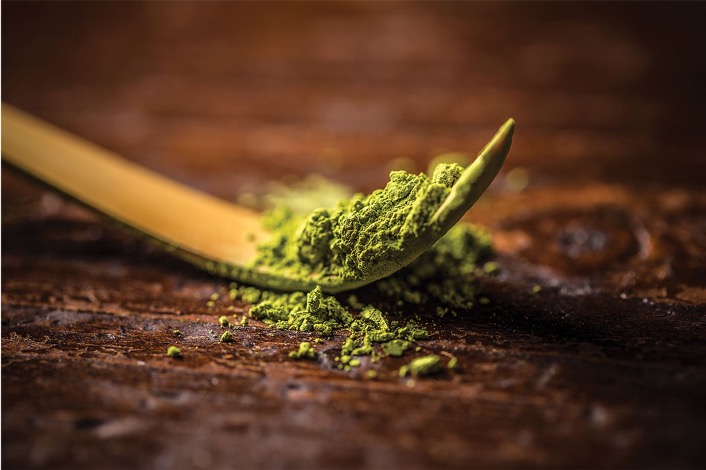Matcha Green Tea

It has been said that “Matcha is to Japan as Champagne is to France”. It started around 400 years ago in the Uji area in Kyoto Prefecture in the Southern Japan, when farmers found that their tea, growing under tree canopies from this low-lying region (150ft/46m) by the ocean, tasted more mellow than tea fields that were exposed to more direct sunlight. They later tried to replicate the shaded growing conditions by using reed screens or tarps to cover the tea plants during the last few weeks of the growing cycle.
By restricting sunlight, the concentration of Catechins (EGCG) in tea leaves is minimized. While EGCG is good for you, it does cause the tea to become bitter. The screens used to block the sun, limit the amount of photosynthesis taking place and prevents an amino acid called L-theanine from converting to EGCG. This effect actually raises the amount of L-theanine, which causes a sweeter tasting profile. While the tea plants are being deprived of sunlight, they adjust by growing bigger, more tender leaves. The amount of shade time varies according to the grower.
When the time comes for harvesting, the leaves are picked, and are prepared for “Tencha” style processing whereby they are de-stemmed, de-veined, and air dried to lock in the vibrant green color. The remaining parts are ground in-between two, round, hand cut stones that turn in opposite directions, at a specifically slow speed and a fine brilliant green powder is produced. This is called Matcha, where you consume the entirety of the leaf, not just steep it. Nothing is wasted. It is quite literally the embodiment of “health in a cup”.
